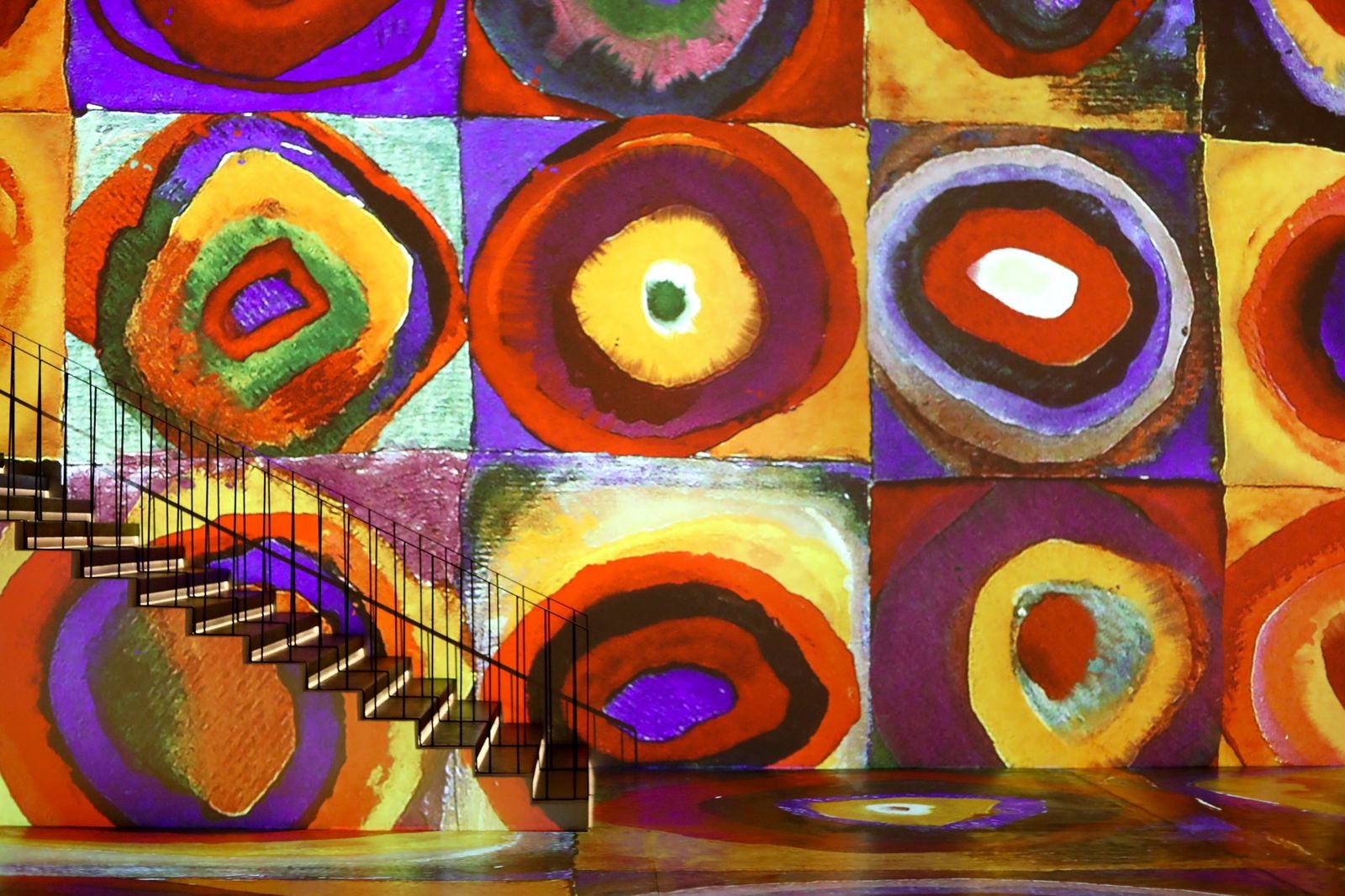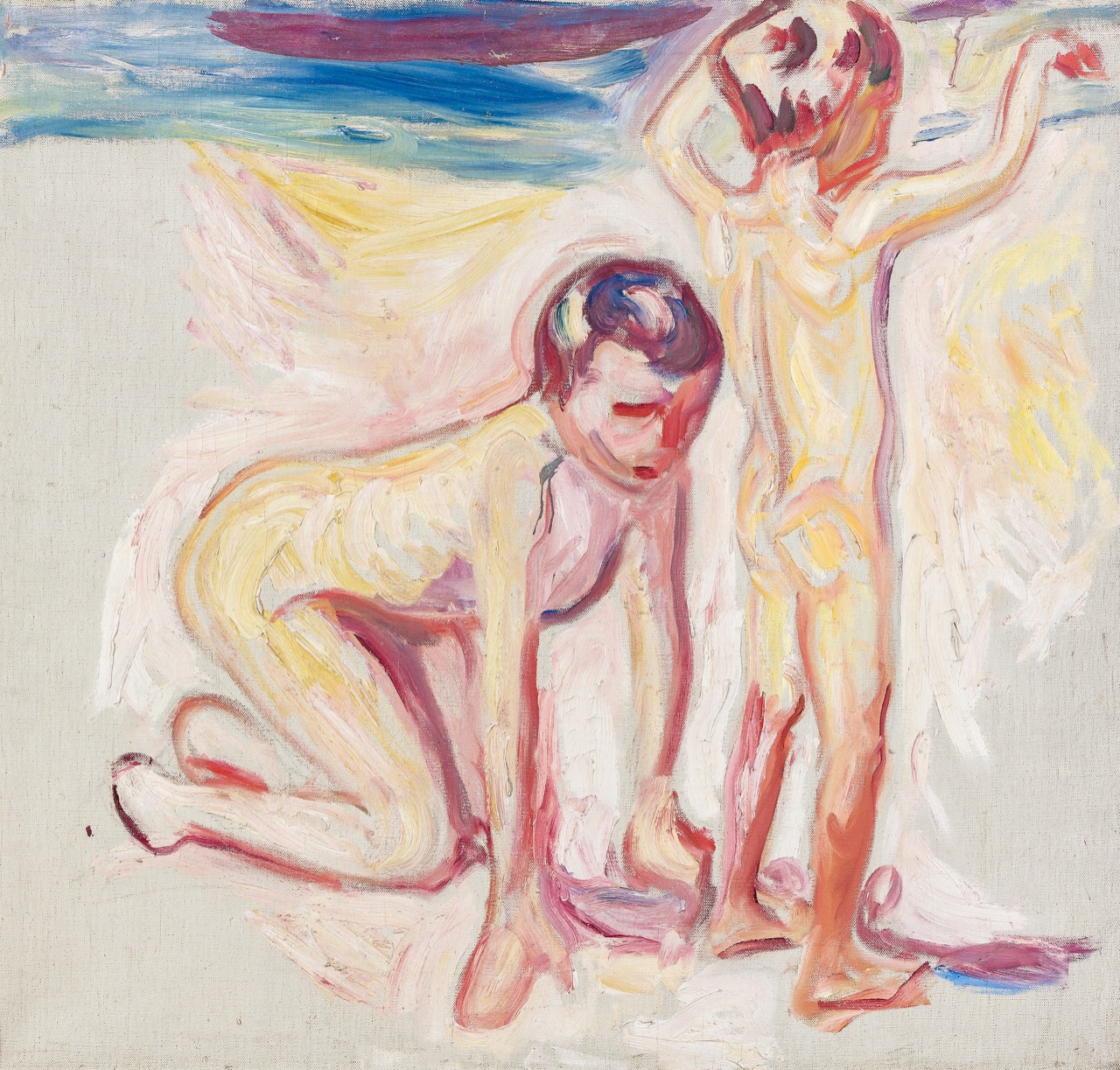Design is far more than a professional discipline—it’s a fundamental human capacity for shaping our environment, solving problems, and creating meaning. Historically siloed as either artistic expression or scientific problem-solving, contemporary design philosophy recognizes this false dichotomy. As research from the Frontiers in Psychology reveals, interdisciplinary collaboration between these domains fosters unprecedented creativity and innovation through cross-pollination of ideas. From the smartphones in our pockets to the organization of our kitchen drawers, design principles integrating empirical rigor with aesthetic sensitivity surround us. Design is far more than aesthetics—it represents a profound problem-solving strategy where science and art converge to shape our world. As experts observe, “the best designs are those that combine science and art,” recognizing that these seemingly disparate fields actually share common ground in creativity and functionality. This integration isn’t merely theoretical; it forms the foundation of how we interact with our environment, from the tools we use to the spaces we inhabit. The philosophy of design acknowledges that “technology and decoration are applications of science/art for practical purposes” that fundamentally “make life easier.” This perspective reveals design as a bridge between analytical thinking and creative expression—where scientific precision meets artistic intuition to solve real-world challenges.
This article explores how these integrated philosophies—once reserved for specialists—can become actionable tools for anyone seeking to navigate and enhance their daily existence with intention and insight.
Foundational Philosophies: Where Science Meets Art
Core Design Philosophies that merge science and art, for instance the biomimicry where nature acts as ultimate designer.
It is where function meets form. The most enduring design philosophies recognize that practicality and beauty aren’t mutually exclusive. Design “plays a crucial role in our daily lives, creating opportunities for livelihood and fostering collaboration” beyond mere visual appeal. One core design strategy is the horizontal thinking, where you see solutions to certain problems from an outside domain and try to transfer the design strategy into your domain or daily life challenges. This principle suggests that every object or system in nature should serve its purpose efficiently while simultaneously engaging our senses and emotions.
The Cooper Hewitt Design Triennial exhibition “Nature” showcased how scientific observation of natural systems inspires revolutionary design solutions. At Harvard’s Wyss Institute, researchers studied the Dusky Arion slug’s mucus—simultaneously strong and sticky even in wet conditions—to develop groundbreaking medical adhesives that outperform commercial alternatives. This exemplifies biomimetic design: the science of analyzing biological models inspires artistic translation into human applications. Biomimicry moves beyond superficial imitation to deep structural principles:
- Functional adaptation: Gecko feet inspired reusable adhesives
- System efficiency: Whale fin tubercles revolutionized wind turbine design
- Circular sustainability: Spider silk’s biodegradability models zero-waste production
Creative Problem-Solving Through Imagination: Parametric Design reflecting The Mathematical Beauty
Another design strategy where art and science connect “by imagination and the creative process which creates opportunities to improve education and learning by combining” analytical and intuitive approaches. This philosophy encourages approaching everyday challenges with both logical analysis and creative exploration—seeing problems not as obstacles but as opportunities for innovative solutions.
Parametric design represents the mathematical marriage of artistic vision and engineering precision. Featured in “Art and Design in the Philosophy, Art and Science of Architecture,” this approach uses algorithms to generate forms responsive to environmental variables 1. While commonly associated with architectural marvels like Zaha Hadid’s flowing structures, its principles are scalable to everyday applications as scientists indicated that math is the language of life and unlocks life’s most complicated secrets.
This computational mindset allows ordinary people to approach problems by identifying key variables (sunlight, budget, time) and understanding how adjusting parameters creates optimized solutions that balance beauty and functionality.
Sustainable Integration of Everyday Aesthetics: The Prosaic Sublime
Modern design increasingly focuses on “the fusion of tradition and modernity that advances towards more sustainable” solutions through thoughtful application of material science and cultural wisdom. This philosophy recognizes that good design considers not just immediate functionality but long-term environmental and social impacts.
Pioneered by theorists like Yuriko Saito and Katya Mandoki, everyday aesthetics recognizes that sensibility permeates daily existence. Stemming from John Dewey’s pragmatist philosophy in “Art as Experience” (1934), this movement counters art-centric aesthetics by focusing on “having an experience” in ordinary activities—from hanging laundry in Lapland sunlight to arranging spices. Key principles include:
- Mindful engagement: Transforming chores into rituals of care
- Ethical consideration: How aesthetic choices impact others and environment
- Sensory awareness: Beyond visual beauty to textures, sounds, and smells
Becoming Everyday Alchemists: Embracing the everyday designer mindset.
You don’t need to be a professional designer to harness these philosophies. The most powerful application of design philosophy is adopting what could be called the “everyday designer mindset”—recognizing that “design has a function” in all aspects of life, and that intentionally shaping your environment and routines is an act of creative problem-solving.
By viewing daily challenges through this integrated lens, you transform ordinary moments into opportunities for innovation. Whether arranging your kitchen for efficiency, planning a family schedule, or even organizing digital files, approaching these tasks with both scientific precision and artistic sensibility makes life not just more functional, but more meaningful.
Design as integrated science-art practice transforms existence from passive endurance to active creation. We don’t need professional credentials to implement these philosophies—only intentionality and observation. Start small: tomorrow morning, apply parametric thinking to coffee preparation (variables: temperature, grind size, time) while appreciating the aesthetic experience (aroma diffusion, cup warmth, first sip sensation). Notice how scientific optimization enhances sensory appreciation. As Dewey recognized, such mindful integration creates the “art of experience” that makes ordinary life extraordinary.
The alchemy lies not in gold creation, but in transforming the leaden weight of daily drudgery into golden moments of efficiency and beauty. We each hold this transformative power—through conscious design, we craft not merely better objects or spaces, but better lived experiences. As philosopher Wolfgang Welsch reflected, “aesthetic thinking must no longer remain restricted to art… it must turn toward life itself”. In this turning, we discover design’s ultimate purpose: the humanization of existence through science-inspired precision and art-infused meaning.
“The most profound technologies are those that disappear. They weave themselves into the fabric of everyday life until they are indistinguishable from it.” — Mark Weiser (adapted for design philosophy).

So some Practical Applications for Designing Your Daily Existence may include Domestic Alchemy: Home as Designed Ecosystem. You could apply biomimetic principles to household organization as in Phyllotaxis patterns (Phyllotaxis refers to the arrangement of plant organs, like leaves or flowers, around a central stem. These arrangements often exhibit predictable patterns that can be described mathematically, most commonly involving the Fibonacci sequence and the golden angle) to arrange kitchen tools using the Fibonacci sequence observed in sunflowers for space efficiency or in principles of thermal convection wisdom to position furniture to optimize natural airflow like termite mounds. May be Kansei engineering in Select objects that engage multiple senses—textured towels, aromatic cleaning supplies, satisfying closure sounds. Embrace Saito’s aesthetics of care by reframing chores as ethical-aesthetic practices. Washing dishes becomes meditation on water conservation; mending clothes transforms into visible repair artistry celebrating sustainability. Design philosophy ultimately teaches us that the most effective solutions emerge when we honor both our analytical and creative capacities—a balance that’s not just for professionals, but for anyone seeking to navigate life with greater intention and satisfaction.
Some advices to start with confidence:
1. Organize with Intention
Transform your living and working spaces by “applying design principles like using organizers and minimizing distractions” to create environments that “support productivity and well-being.” This isn’t just about tidiness—it’s about applying scientific understanding of human behavior (like how clutter affects cognition) with artistic sensibility to create spaces that both function well and feel harmonious.

2. Approach Problems Creatively
When facing daily challenges, combine analytical thinking with creative exploration. Just as “scientific illustration combines the power and precision of art with the exactness of science,” you can approach problems by first gathering data (science) then brainstorming unconventional solutions (art). Whether planning meals, managing time, or resolving conflicts, this dual approach yields more innovative and effective outcomes.
3. Make Conscious Consumption Choices
Apply design thinking to your purchasing decisions by considering both functionality and sustainability. Choose products that demonstrate “the fusion of traditional art and modern design” principles, supporting both craftsmanship and technological advancement. This approach transforms everyday shopping into an opportunity to participate in a more thoughtful economic ecosystem.

4. Document and Iterate
Adopt the designer’s habit of documenting your processes and iterating on solutions. Just as scientific experiments require observation and refinement, track what works in your daily routines and adjust accordingly. This practice turns ordinary tasks into opportunities for continuous improvement.
5. Everyday Designer Mindset
The everyday designer mindset is the most powerful application of design philosophy is adopting what could be called the “everyday designer mindset”—recognizing that “design has a function” in all aspects of life, and that intentionally shaping your environment and routines is an act of creative problem-solving.
By viewing daily challenges through this integrated lens, you transform ordinary moments into opportunities for innovation. Whether arranging your kitchen for efficiency, planning a family schedule, or even organizing digital files, approaching these tasks with both scientific precision and artistic sensibility makes life not just more functional, but more meaningful.
Design philosophy ultimately teaches us that the most effective solutions emerge when we honor both our analytical and creative capacities—a balance that’s not just for professionals, but for anyone seeking to navigate life with greater intention and satisfaction.



